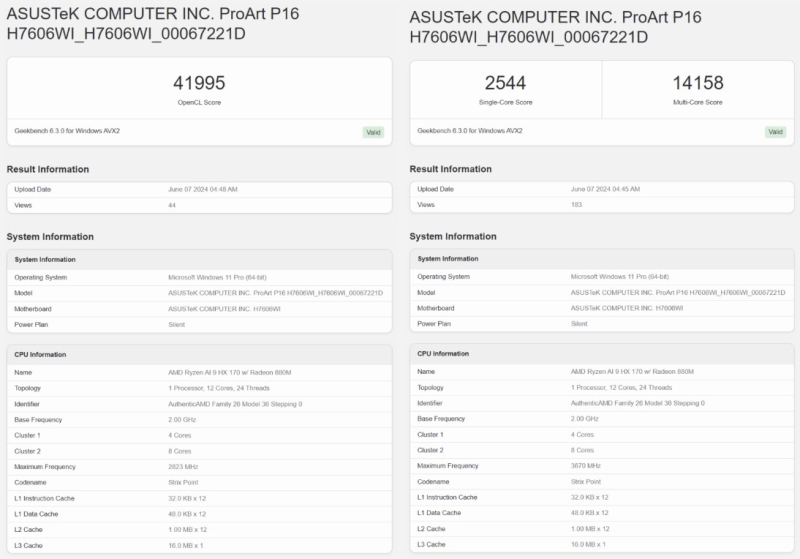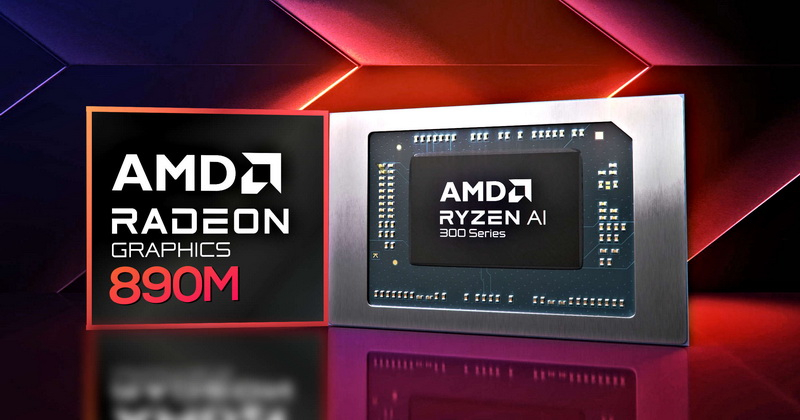AMD has revealed limited details about their latest graphics architecture, RDNA 3.5, built into the Ryzen AI 300 mobile processors’ built-in graphics. Notably, the updated integrated Graphics Processing Unit (iGPU) offers more graphic cores than its predecessor device. The first test results of RDNA 3.5 have now been identified in the Geekbench benchmark database.
The Radeon 890M’s integrated graphics in the Ryzen AI 9 HX 170 processor were tested. As previously revealed, AMD made a last-minute update to the new mobile processor series’ naming to Ryzen AI 300. The confirmation occurred at the Computex 2024 exhibit, which displayed laptops equipped with Ryzen AI 9 HX 170 processors (now Ryzen AI 9 HX 370) and Ryzen AI 9 165 (now Ryzen AI 9 365).

The 12-core and 24-thread Ryzen AI 9 HX 370 processor consists of high-performance Zen 5 cores and energy-efficient Zen 5c cores. The Zen 5 cores can reach up to 5.1 GHz, while the clock frequency for the Zen 5c cores has not been announced by AMD. Additionally, the processor comprises an integrated graphics processor unit with 16 RDNA 3.5 computational units running at a maximum frequency of 2.9 GHz.

The Geekbench database does not mention the Thermal Design Power (TDP) at which the chip was tested. Still, it is known that the processor was used in an ASUS ProArt A16 laptop without a discrete graphics card. The power consumption indicator for the Ryzen AI 300 processors is dynamic, varying between 15 and 45 watts.

The Geekbench test results show that the Ryzen AI 9 HX 170 (Ryzen AI 9 HX 370) chip did not operate at its maximum 5.1 GHz speed; instead, it only reached 4.25 GHz. This could be due to a reduced TDP or a possible error in the test’s measurement system.
In the OpenCL test, the integrated Radeon 890M graphics scored 41,995 points, surpassing the previous-generation Radeon 780M’s RDNA 3 integrated graphics by 39%.




